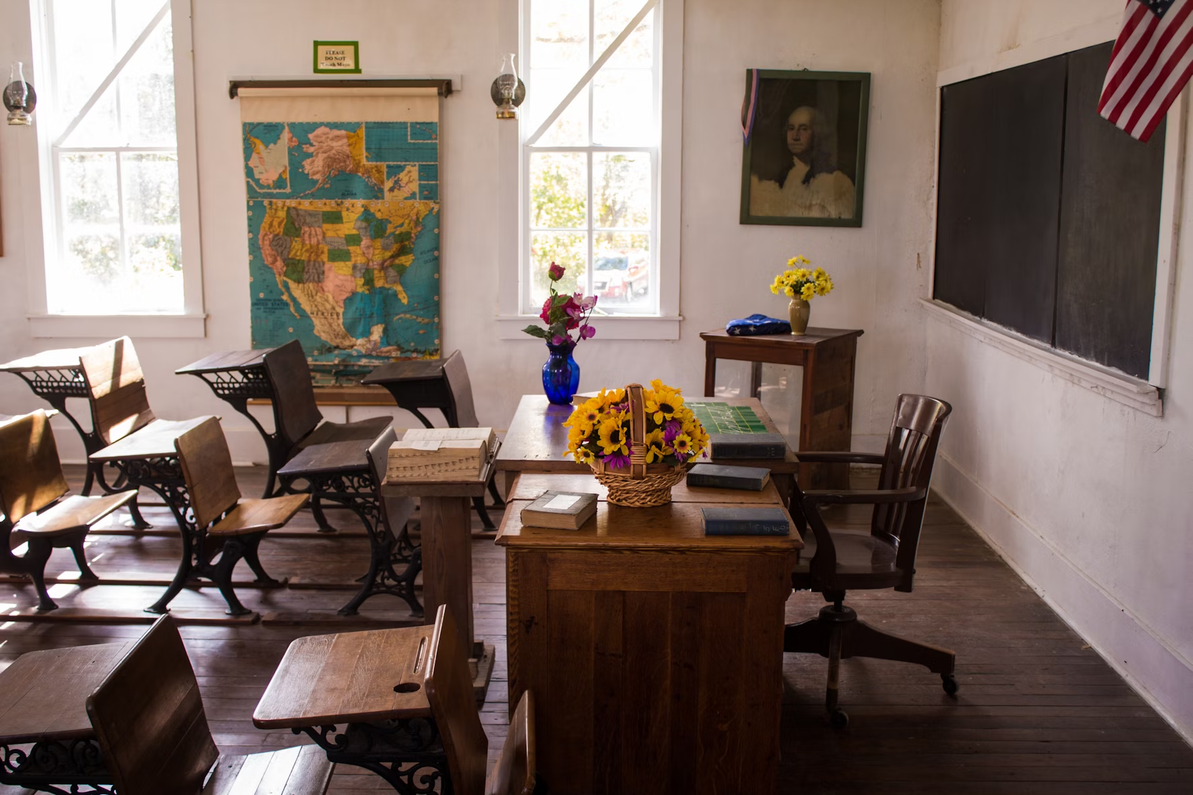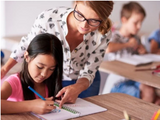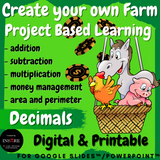Tips for Teachers to Improve Their Teaching Capabilities
Teaching is an ever-evolving profession that requires knowledge, creativity, and dedication. To stay effective and inspire students, teachers must continually refine their skills and adapt to new challenges. Here are practical tips to help teachers enhance their teaching capabilities, from mastering classroom management to embracing innovative instructional strategies.
Mastering Classroom Management
Effective classroom management is crucial for creating a conducive learning environment. By establishing clear expectations and maintaining consistency, teachers can ensure a productive atmosphere where students feel secure and focused.
Set Clear Rules and Expectations
Establish clear rules and expectations from the beginning of the school year. Communicate these guidelines to students and reinforce them consistently. This helps students understand what is expected of them and reduces the likelihood of disruptive behavior.
Develop Positive Relationships
Building positive relationships with students fosters mutual respect and trust. Show genuine interest in their lives and listen actively to their concerns. When students feel valued and understood, they are more likely to engage positively in the classroom.
Implement Routine Procedures
Routines and procedures streamline classroom activities and minimize downtime. Whether it's how students transition between activities or how they submit assignments, having established procedures helps maintain order and efficiency.
Embracing Innovative Instructional Strategies
Innovation in teaching methods can greatly enhance student engagement and learning outcomes. By incorporating diverse instructional strategies, teachers can cater to various learning styles and keep lessons interesting.
Utilize Technology
Incorporate technology into lessons to make learning more interactive and engaging. Tools like educational apps, interactive whiteboards, and online resources can provide diverse and dynamic ways to present information.
Differentiated Instruction
Recognize that students have different learning needs and styles. Differentiated instruction involves tailoring lessons to meet these diverse needs. This can include varied activities, materials, and assessments that allow all students to succeed.
Project-Based Learning
Project-based learning (PBL) involves students in real-world projects that require critical thinking, problem-solving, and collaboration. PBL makes learning more relevant and allows students to apply their knowledge in meaningful ways.
The Importance of Self-Reflection and Continuous Learning
Teachers must continually reflect on their practices and seek professional development opportunities to stay current with educational trends.
Self-Reflection
Regular self-reflection allows teachers to assess their teaching methods and identify areas for improvement. Consider keeping a teaching journal or recording lessons to review and analyze later.
Professional Development
Engage in professional development opportunities like workshops, conferences, and online courses. For those looking to deepen their expertise, enrolling in online masters education programs can be a valuable step.
Additionally, pursuing degrees such as an Ed.D. (Doctor of Education) or a Ph.D. in Education can provide comprehensive training and research opportunities that significantly enhance your teaching practice. These programs offer advanced training and knowledge that can elevate your professional skills and effectiveness in the classroom.
Fostering a Positive Learning Environment
A positive learning environment nurtures students' emotional and academic growth. By creating a supportive atmosphere, teachers can enhance student motivation and engagement.
Encourage Collaboration
Promote teamwork and collaboration among students. Group activities and discussions help students learn from each other and develop essential social skills.
Celebrate Achievements
Recognize and celebrate student achievements, both big and small. This boosts their confidence and encourages a positive attitude toward learning.
Create a Safe Space
Ensure the classroom is a safe and inclusive space where all students feel respected and valued. Address any instances of bullying or discrimination promptly and effectively.
Conclusion
Improving teaching capabilities is a continuous journey that requires dedication, innovation, and a willingness to learn. By mastering classroom management, embracing innovative instructional strategies, fostering a positive learning environment, and committing to self-reflection and continuous learning, teachers can significantly enhance their effectiveness and positively impact their students' educational experiences. Implement these tips to create a dynamic and engaging classroom where both teachers and students thrive.
Recent Posts
-
Tips for Teachers to Improve Their Teaching Capabilities
Teaching is an ever-evolving profession that requires knowledge, creativity, and dedication. To st …Jul 11th 2024 -
5 Tips & Tricks for Teachers to Reduce Pain from Standing All Day Long
Teachers are heroes in classrooms, but standing all day can be tough on the body. This article is a …Jan 10th 2024 -
Decimals Project-Based Learning Activity: Create your own Farm.
If you want your math lessons to be an unforgettable experience for your students, be sure to chec …Jul 26th 2022




